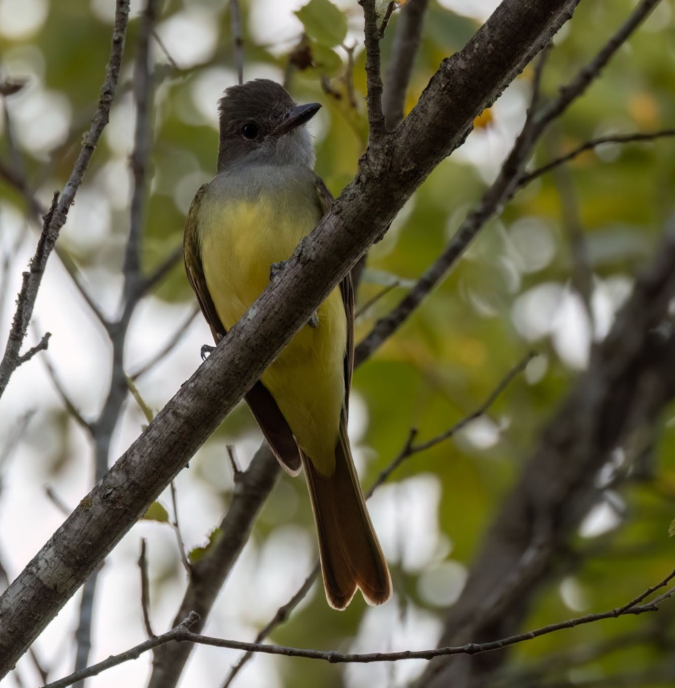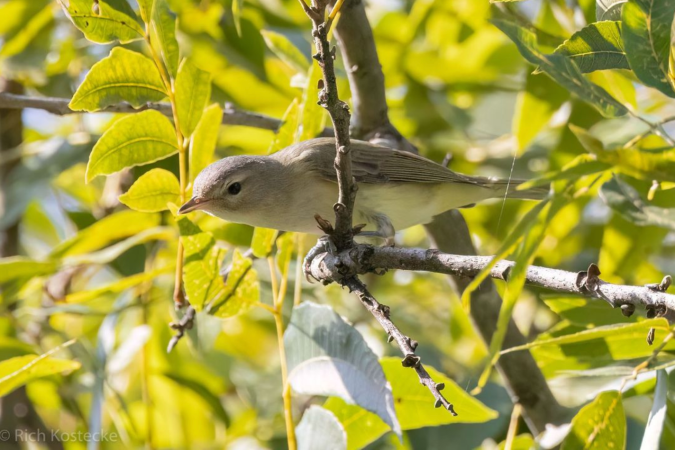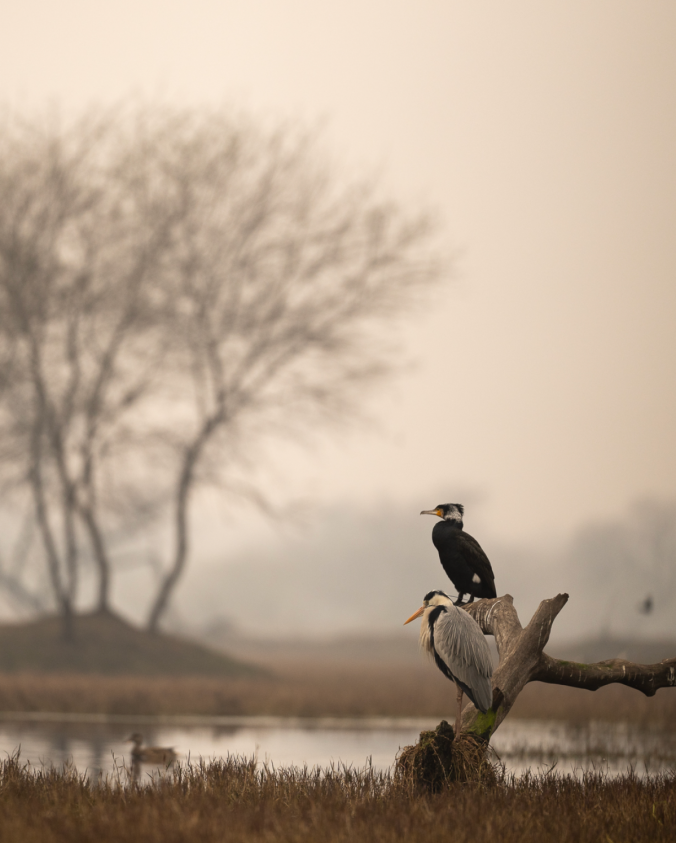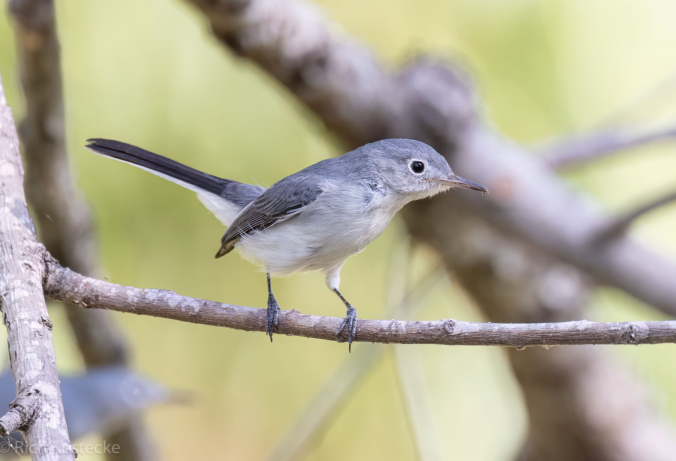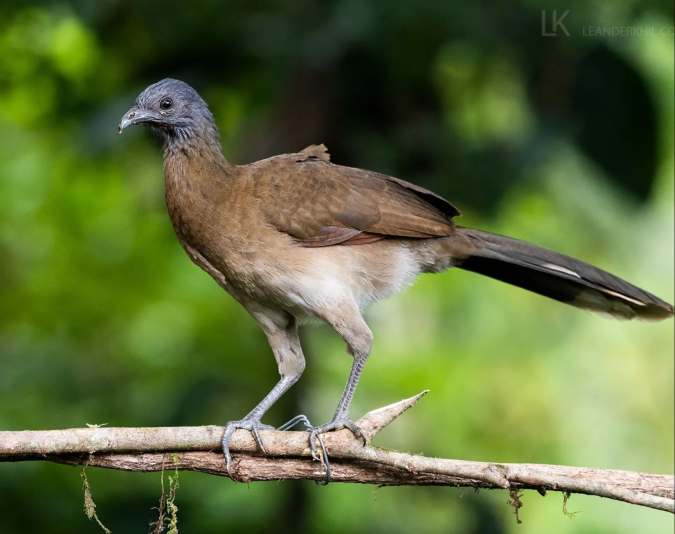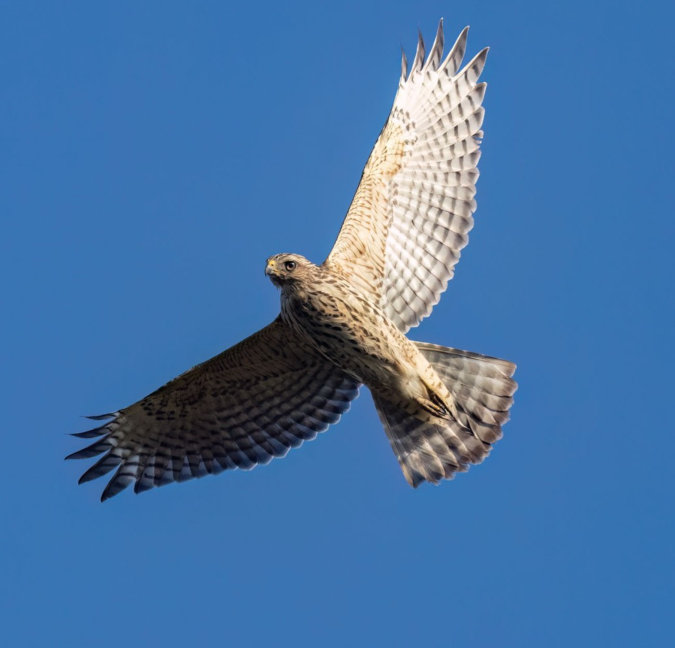Walvis Bay, Namibia
Marshes Matter, And This One More Than Many
I have worked in some of Albania’s most important coastal and inland bird habitats, though not this one. My time working there is not my only reason for caring about this particular location. Read on–thanks as always to Fred Pearce–to understand why it matters so much. No offense intended to Jared Kushner, but this is not one of his better ideas. The destruction is not worth whatever it is he is hoping to accomplish:
Jared Kushner Has Big Plans for Delta of Europe’s Last Wild River
Albania’s Vjosë River is known as Europe’s last wild river, and its pristine delta is a haven for migratory birds. As plans for luxury developments there — spearheaded by Donald Trump’s son-in-law Jared Kushner — move ahead, conservationists are sounding the alarm.
It is the jewel of the Adriatic. Its shimmering waters feed a rare colony of Dalmatian pelicans, the world’s largest freshwater birds, sustain the endangered Albanian water frog, and host loggerhead turtles on its encircling dunes. Continue reading
Bird of the Day: Great Crested Flycatcher
Wind Farm Fishing
Wind power has had reasonable detractors as well as those who resist for aesthetic reasons. Sometimes nimbyism gives way to pimbyism, and in this case it is people who fish that we can thank for the latter. Thanks to Yale Climate Connections for sharing this story:
Some anglers say Rhode Island’s Block Island wind farm has improved fishing
The bases of the turbines attract fish, survey respondents reported.
Off the coast of Rhode Island, anglers fish for striped bass, fluke, and mahi-mahi. Continue reading
Bird of the Day: Indian Roller
Minab, Iran
The Most Important View, If Climate Change Interests You

In a vulnerable, defendable part of the Amazon, the hundred-and-ten-foot-high tree house was built to attract wealthy tourists—and potential funders of conservation.Photograph courtesy Tamandua Expeditions
Tree house lodging is not new, but beyond beauty is impact. In that regard the accommodations with the most important view right now might be here:
The Highest Tree House in the Amazon
In 2023, conservationists and carpenters converged on Peru to build luxury accommodations in the rain-forest canopy.
Every day, empty logging trucks rumble into Puerto Lucerna, a small outpost on Peru’s Las Piedras River, which snakes through the lush Amazon rain forest. There, workers load them up with pyramids of freshly cut logs—cedar, quinilla, and, most important, ironwoods, which are prized for their hardness and rich color. Continue reading
Bird of the Day: Warbling Vireo
Marsh Matters

Coastal marshlands exist in a precarious state: they need enough sediment to stay above water but not so much they get buried. In San Francisco Bay, the US Army Corps of Engineers and others are working to develop a less destructive way of giving marshes the mud they need. Photo by Aerial Archives/Alamy Stock Photo
For the record, marshes matter, so our thanks to Erica Gies, writing for Hakai:
Making a Marsh out of a Mud Pile
In San Francisco Bay, scientists are looking for a better way to rebuild flagging marshland.
The water in California’s San Francisco Bay could rise more than two meters by the year 2100. For the region’s tidal marshes and their inhabitants, such as the endangered Ridgway’s rail and the salt marsh harvest mouse, it’s a potential death sentence. Continue reading
Bird of the Day: Great Cormorant and Grey Heron
The Paper Log House On View Until December
The building in the background of the photo above has never featured in any of our architecture-focused posts before, even though architecture has been a key theme since our start, and especially after hosting these interns in India. I know why I never wanted that particular architect in our pages, but nevermind that. This post is about another architect’s achievement, which I plan to visit if I get close enough before December:
SHIGERU BAN: THE PAPER LOG HOUSE
The Glass House, Shigeru Ban Architects (SBA), and The Irwin S. Chanin School of Architecture of The Cooper Union announce the completion of Shigeru Ban: The Paper Log House at The Glass House. Students from The Cooper Union joined in erecting the structure through a unique opportunity offered this semester for the university’s Building Technology course. The collaborative installation will be on display April 15th through December 15th 2024 for The Glass House’s more than 13,000 annual visitors. Continue reading
Bird of the Day: Blue-gray Gnatcatcher
Heat Pumps, Circa 2024

Heat pumps are energy efficient and considered by many to be powerful tools in combating climate change. Jackie Molloy for The New York Times
The technology is still young, and raising questions, but also full of promise according to this article by Hilary Howard in the New York Times:
Why Heat Pumps Are the Future, and How Your Home Could Use One
The highly efficient devices are the darlings of the environmental movement. Here’s why.
Heat pumps, which both warm and cool buildings and are powered by electricity, have been touted as the answer to curbing greenhouse gas emissions produced by homes, businesses and office buildings, which are responsible for about one-third of the emissions in New York State. Continue reading
Bird of the Day: Eurasian Blue Tit
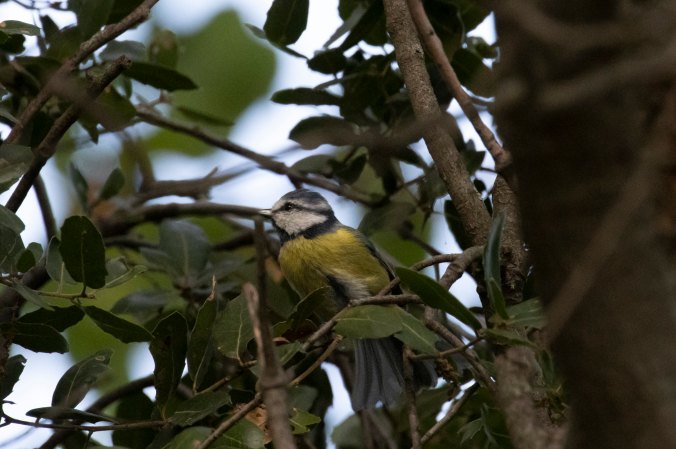
Mount Olympus National Park, Greece
Are We Anthropocenic Or Not?
Thanks, as always, to Elizabeth Kolbert for illumination on this mystery:
The “Epic Row” Over a New Epoch
Scientists, journalists, and artists often say that we live in the Anthropocene, a new age in which humans shape the Earth. Why do some leading geologists reject the term?
A few months into the third millennium, a group called the International Geosphere-Biosphere Programme (I.G.B.P.) held a meeting in Cuernavaca, Mexico. Among the researchers in attendance was Paul Crutzen, an atmospheric chemist best known for his research on ozone-depleting chemicals, such as chlorofluorocarbons. Continue reading
Bird of the Day: Gambel’s Quail
If You Happen To Be In Venice

Work by Yuku Mohri at Japan’s pavilion. Moisture from the rotting fruit on display is converted into electric signals, which generate sounds or turn on suspended lightbulbs. Matteo de Mayda for The New York Times
It is the end of the standard work week for many, so here is an art concept to take them into the weekend, thanks to the New York Times art critics:
Given the Venice Biennale’s reputation as “the Olympics of the art world” — set in a spectacular city, no less — artists and curators here often favor grand, weighty gestures. This year’s Japan Pavilion wonderfully eschews gravitas for modesty and play, while still getting at something profound.
Mohri’s work was inspired by the rough and ready materials used to fix leaks in Tokyo’s subway. Matteo de Mayda for The New York Times
For her exhibition “Compose,” curated by Sook-Kyung Lee, the artist Yuko Mohri has created two installations of contraptions-slash-sculptures from local materials. One set, inspired by the D.I.Y. methods for fixing leaks in the Tokyo subway system, features tubes and everyday objects — like pans, rubber gloves and coat racks — rigged together and dangling through the air. The systems catch and recirculate water seeping into the pavilion, sometimes activating chimes in the process. Continue reading
Bird of the Day: Grey-headed Chachalaca
Costa Rica
10,000 New Electric Buses In India
Seven years and many bus stories among us recall the old buses. Noisy, smoke-belching, hot and crowded. Time to retire the old ones and at least lessen the noise and belching. Thanks to Sarah Spengeman and Yale Climate Connections:
India makes a big bet on electric buses
Fast-growing cities need electric buses if the country is to meet its climate goals.
Public transportation riders in Pune, India, love the city’s new electric buses so much they will actually skip an older diesel bus that arrives earlier to wait for a smoother, cooler ride in a new model. This has fed a new problem: overcrowding. Fortunately, more new buses are on the way. Continue reading
Bird of the Day: Red-shouldered Hawk
Babatana Rainforest Conservation Project & High Integrity Carbon Credits
Of all the methods for addressing climate change, new incentives for protecting forests are among those we have most confidence in. Thanks to this article by Jo Chandler in Yale e360, if your introspection after reading this previous article had you down on carbon credits, there may be a way to restore your confidence:
Solomon Islands Tribes Sell Carbon Credits, Not Their Trees
In a South Pacific nation ravaged by logging, several tribes joined together to sell “high integrity” carbon credits on international markets. The project not only preserves their highly biodiverse rainforest, but it funnels life-changing income to Indigenous landowners.
When head ranger Ikavy Pitatamae walks into the rainforest on Choiseul Island, the westernmost of the nearly 1,000 islands that make up the South Pacific archipelago of Solomon Islands, he surveys it with the heart of a tribal landowner and the eye of a forester. Continue reading


